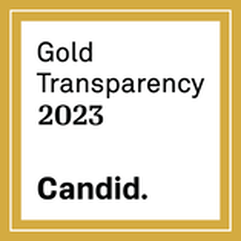|
San Diego Pride was held on the weekend of July 13th – 14th this year and there was a whole lot of glitter in the air. According to the Times of San Diego, a ground-breaking record of 360,000 people unified together to celebrate the 50th anniversary of the Stonewall legacy. First thing on my agenda was the Pride 5K Run & Walk race to cheer on my beautiful wife, Karin, and the Center’s very own, Jaime! While I waited for them to cross the finish line, I walked around to admire the decorations for the parade. The streets of Hillcrest were filled with extravagant ornaments of rainbows, sparkles, and unicorns to say the least! Everything was so vibrant that it really generated an inviting and inclusive atmosphere. I hurried back just in time to applaud Karin’s and Jaime’s victories at the finish line. They surely made the race look easy and they inspired me to maybe even join them for next year’s race. We managed to secure a great spot for the parade before it got too crowded. The energy was contagious – Hillcrest was captivated by a big wave of positivity and respect. The freedom of self-expression was LOUD and people looked blissful and confident in being themselves. One of the first groups that led the pack was Dykes on Bikes. There’s something about women on badass bikes that shouts liberation and empowerment! I appreciate their symbolic movement and maybe one day my wife and I will join in on the fun. There were many awesome floats, ones where a lot of effort had been put in. It was an honour to watch the LGBTQ+ community march on with their respective clubs. Each club represented a significant meaning to raise awareness and as each group passed, I couldn’t help but proudly acknowledge how far we’ve come and how crucial it is to keep fighting for our rights. In that moment, I felt the purpose of the parade – its significance within the community and in my life. After the parade, we made our way to Pacific Beach to cool down from being out in the San Diegan heat. The beach was exactly the vitamin I needed to prepare myself before dancing the night away. The Pride festivities continued at Balboa Park and it had plenty of vendors, music stages and good vibes. My night started off dancing to HYM at Movement stage and then grooving to Kinky Loops. My favourite performance of the night was King Princess at the Main stage. What I loved most was that she brought a lot of different energies to her set. The last act I caught was DJ Whitney Day, who closed down the night with an energetic house set at the Euphoria stage. Overall, I was really impressed with the execution of the festival as it had the right balance of spreading awareness and showcasing talent. Not only was it uplifting to be amongst the LGBTQ+ community in tribute on a monumental anniversary of Stonewall, but it was also the perfect reminder that WE ARE NEVER ALONE. I would definitely attend again and highly recommend San Diego Pride for everyone to experience. about the AuthorR. Velasco is a Canadian writer new to Bakersfield. She is actively seeking ways to raise community consciousness about LGBTQ issues and topics, one blog post at a time. She is also part of The Center’s Women Support Group.
0 Comments
Photo by Tallie Robinson on Unsplash The Bi/Pan+ Workshop is a workshop series for people who are bisexual, pansexual, queer or anyone who has ever been attracted to more than one gender. Last week, I sat down to talk with Dani Muñoz and get the full scoop. Dani is one of the awesome people working at The Annex to facilitate workshops and events for our community. They filled me in on all the details you'd want to know if you're thinking about attending - read on for more! So what is this group all about? What kinds of things can I expect to talk about at the workshop? We have conversations about a lot of different topics. We talk about our own gender; about the gender of people that we're attracted to; what it's like to come out; representation in the media; relationships. What are healthy relationships, what aren't; what it's like to be in a relationship when you're not monosexual. There's still a lot of "pick a side" stigma, both in the straight and gay community. We talk about what it means to be bi or pan, what it means to us personally, and how we can be affected by the erasure of our experiences. We also talk a lot about how to feel confident and comfortable with yourself in your orientation. There's no single right way to be, and we want to help people be as out as they want to be (and that is different for everyone). Where do the materials and programming come from for the workshop? The volunteers that created the group researched and came up with themselves. We have connections with LGBTQ+ centers across the country. We can reach out and get materials from other centers that are willing to share. The workshop has been around for about two years, and it keeps growing and evolving with each new facilitator, based on feedback from workshop members. We do a lot of surveys to find out what people are interested in and what their needs are. Do I have to be in a certain age group to attend? Not at all. Right now the group is a pretty even mix of college-aged people, middle-aged people and people 50+. If you're under 13, you'd need to get parental consent, and it's up to the facilitator's comfort level on whether we can include someone under 13 in any particular workshop series. But definitely talk to us, and we'll get you connected to support services, whether it's with this group or a different one. Can I drop in? Do I have to attend every single week? The workshop runs for eight weeks, and we ask that people try to attend at least five. However, if you can't make it to the full series, drop ins are welcome. What does it cost to attend the workshop? It's free! Donations are always welcome, but like every support group at The Center, the Bi/Pan+ Workshop is completely free. When and where does the Bi/Pan+ Workshop meet? Where: The Center’s Annex location - 841 Mohawk Street, Ste. 260, Bakersfield CA 93309 When: Wednesday, 6:30 - 8:00 PM If you'd like to attend the Bi/Pan+ Workshop, get in touch with us by calling The Annex at (661-404-5209). You can download a calendar with all of the events taking place every month at both The Annex and The Center here. Many members of the queer community, even people who themselves are under the Multisexual Umbrella, are unaware of the Multisexual identities outside of Bisexual. This is a list of the most common Multisexual identities and what they mean. 1. Multisexual/Non-Monosexual (noun)
Multisexual is both an Umbrella Term, a term used to describe a more broad group of people or ideas, and a less specific Multisexual identity. 2. Bisexual (noun)
Bisexual is the most well known Multisexual identity, and is often thought of as only describing attraction to men and women, but Bisexual can be used to describe feelings of sexual attraction to any combination of two sexes, genders, or gender expressions. For example, someone who is attracted to both men and agender people could still label themselves as Bisexual. 3. Polysexual (noun)
Polysexual people experience sexual attraction to more than two, but not all, sexes, genders, and gender expressions. One of the combinations a Polysexual person could be attracted to could be women, demiwoman, and androgyne people. 4. Omnisexual (noun)
Omnisexual people are attracted to all sexes, genders, and gender expressions, but still consider themselves to be influenced by these things and often have a preference for some over the others. An Omnisexual may be sexually attracted to all combinations, but still prefer nonbinary partners over men or women. 5. Pansexual (noun)
Pansexuals are the second most well known and most common kind of Multisexuals. They are attracted to all sexes, genders, and gender expressions, and don’t consider any of these things to influence their sexual preference. A common saying used by Pansexuals is “Hearts not Parts!” Please keep in mind that this is not at all an exhaustive list, and there are many more less common and more specific Multisexual identities. However, these are the most common ones and the ones that you are going to run into with the most frequency.
|
Receive Monthly UpdatesWe have so many exciting things going on, be the first to find out!
|
Helpful Links |
Get Involved |
Contact Us |
Certified as Financially Sound and TransparentEIN: 45-3709449
|
|
© The Center for Sexuality & Gender Diversity 2018
|
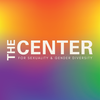

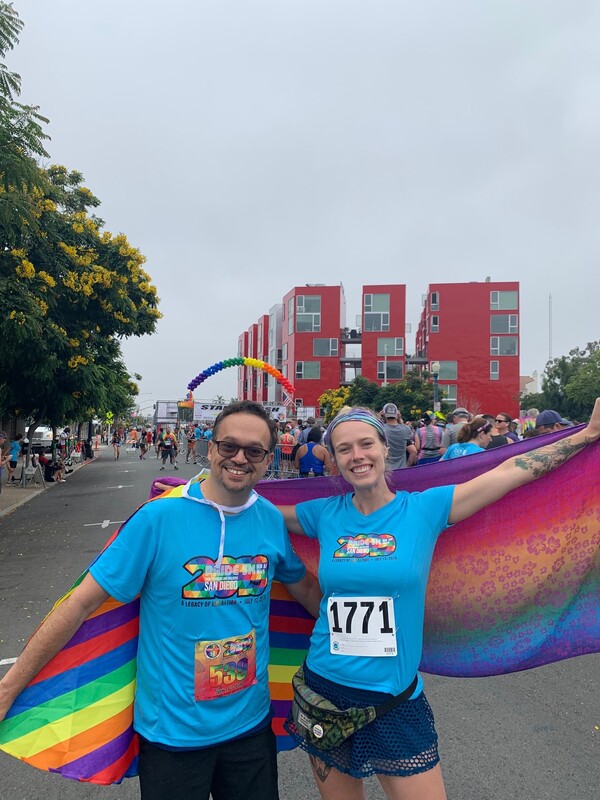
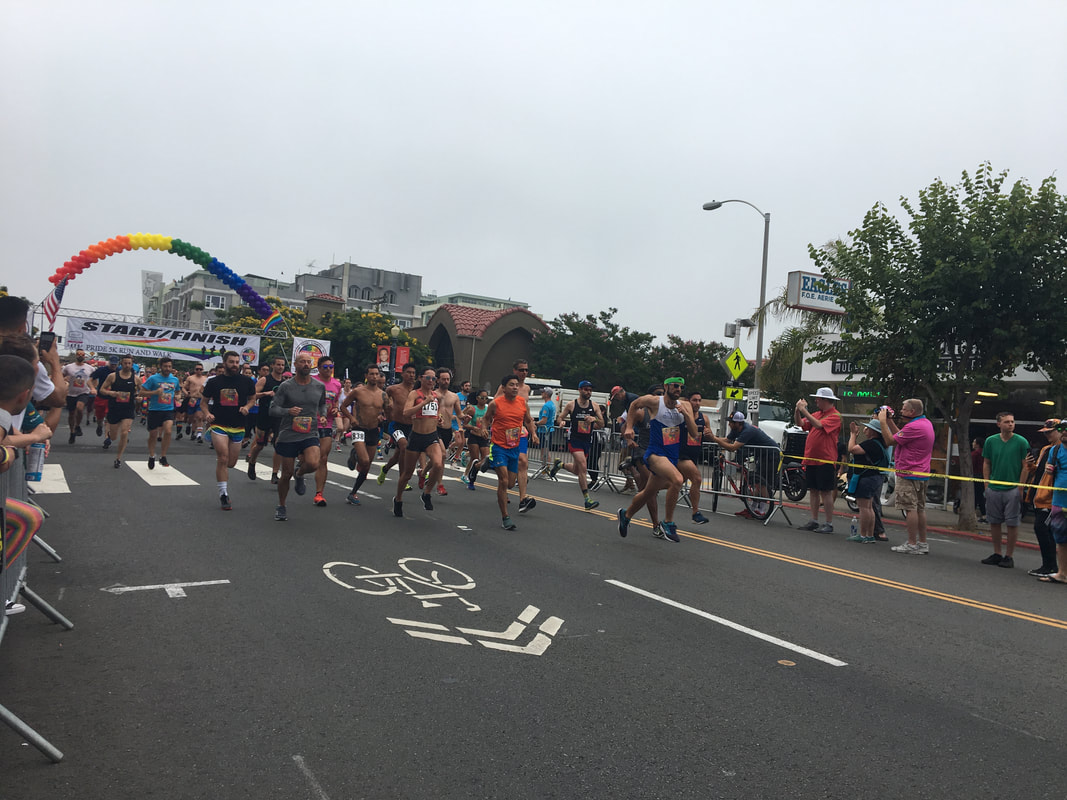
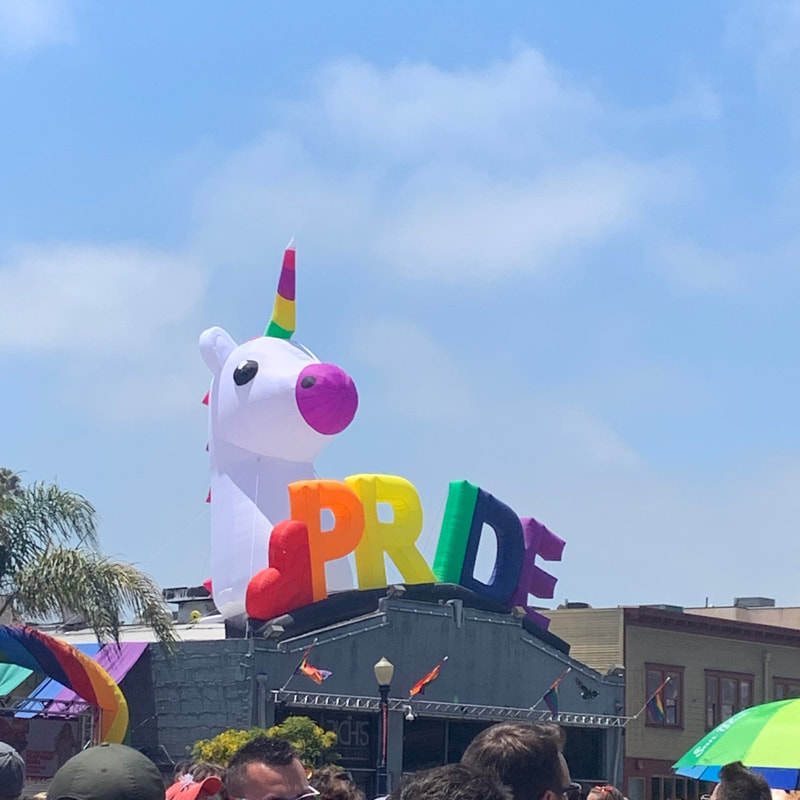
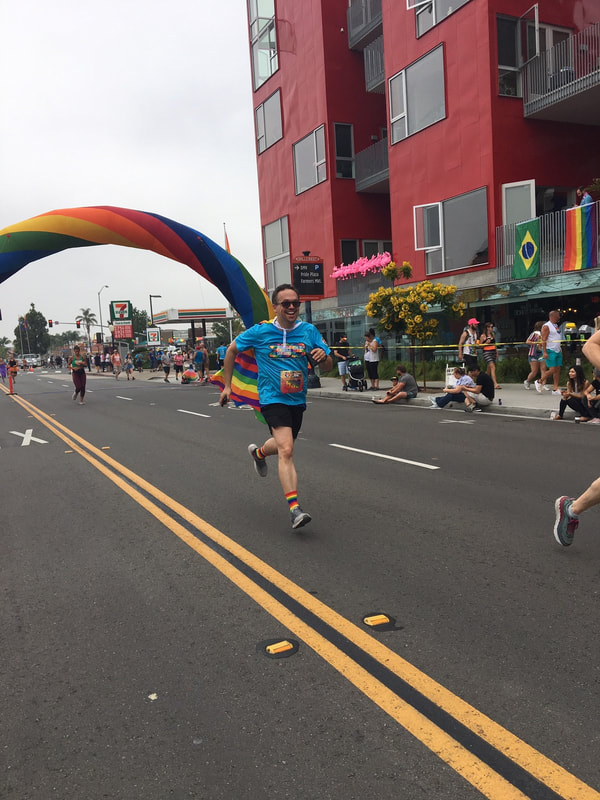
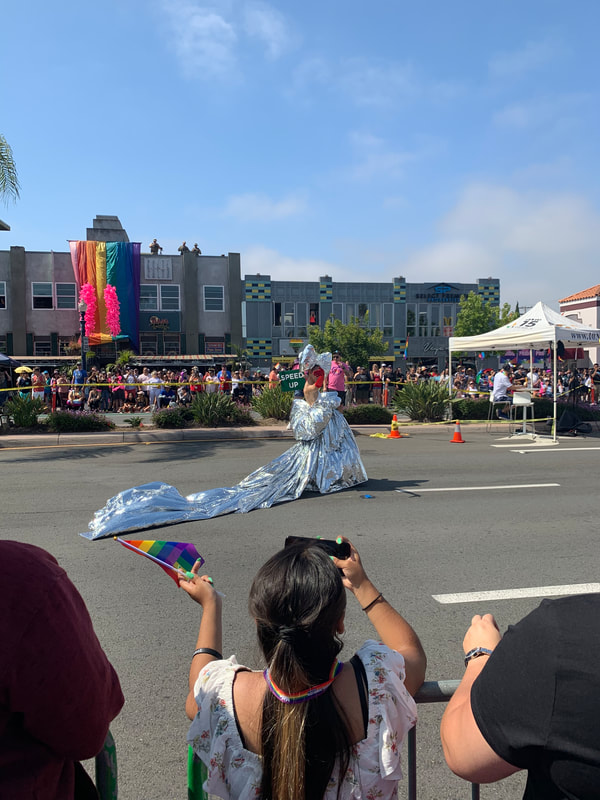
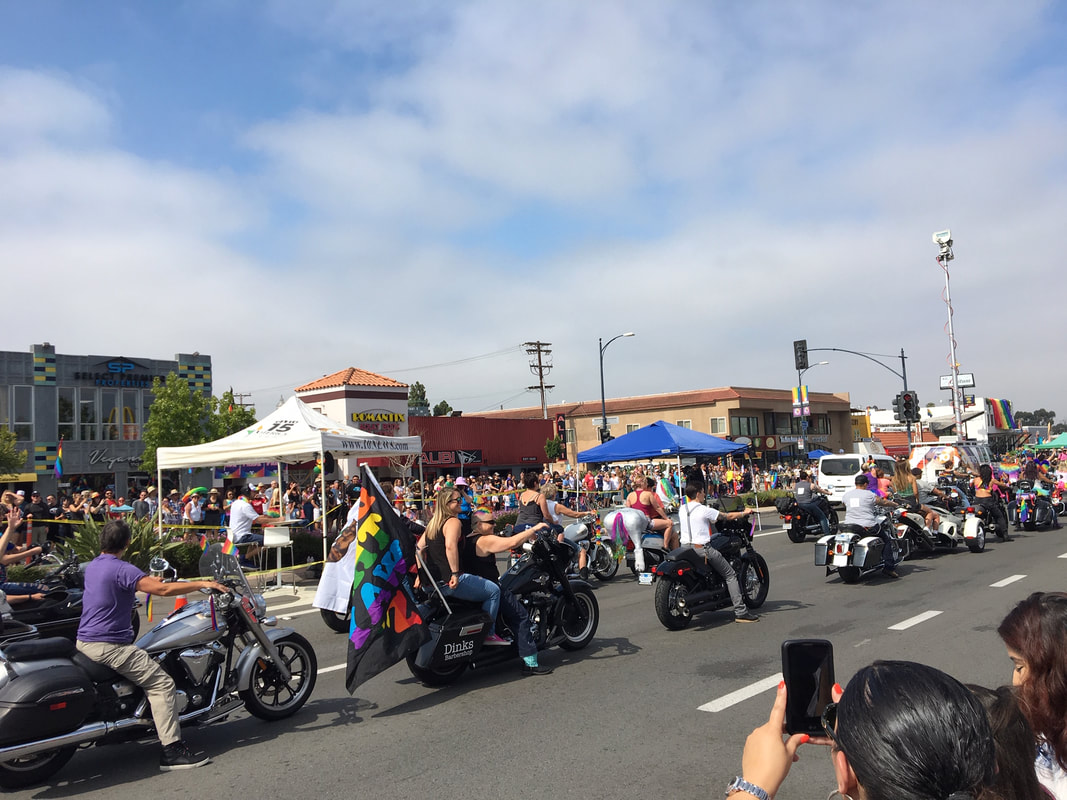
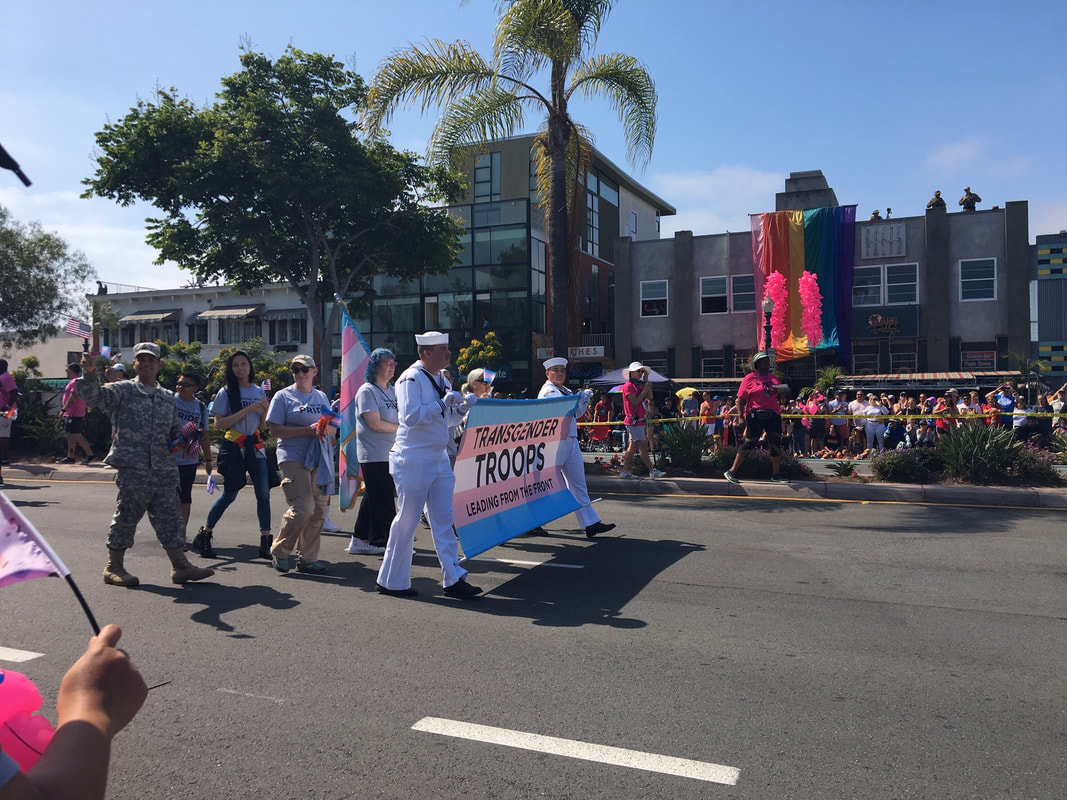
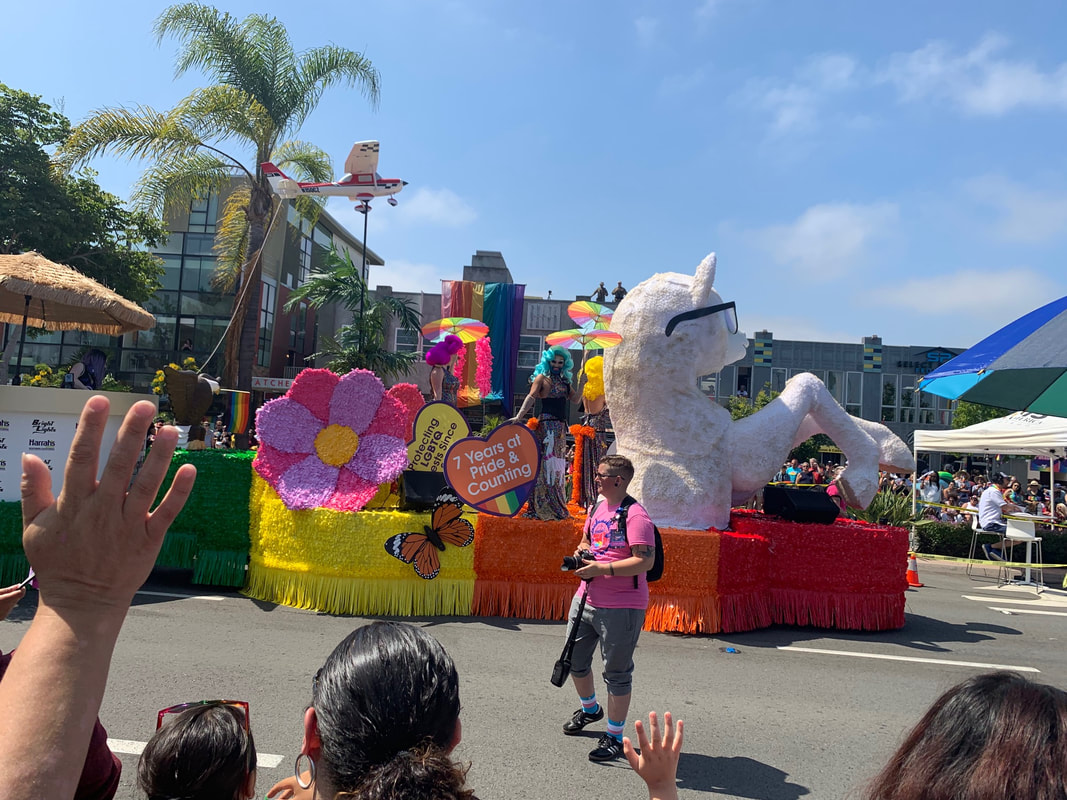
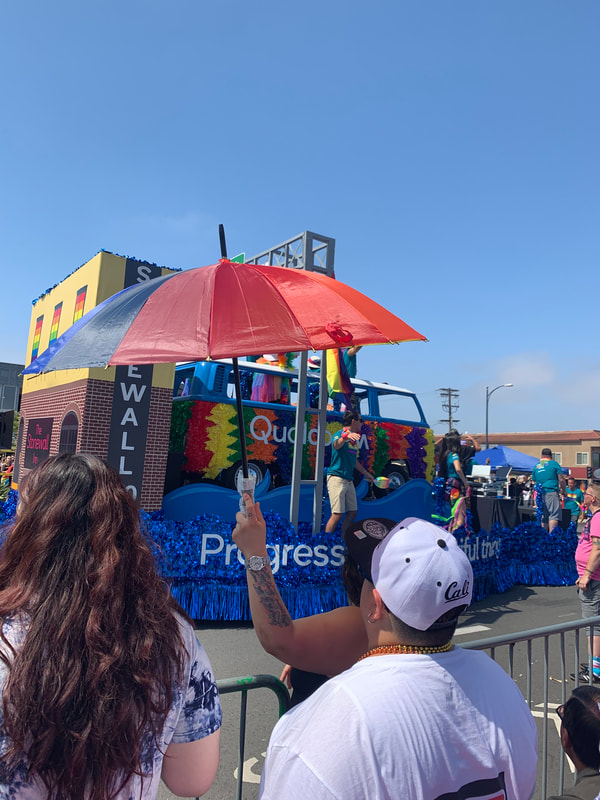
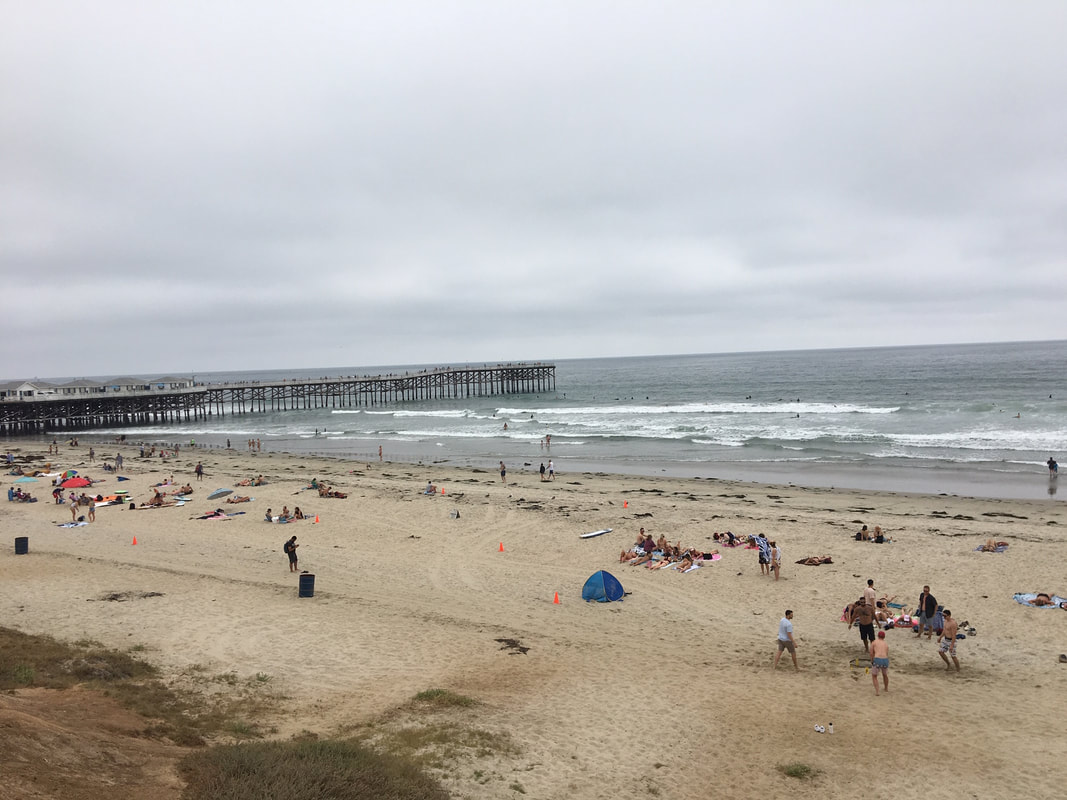
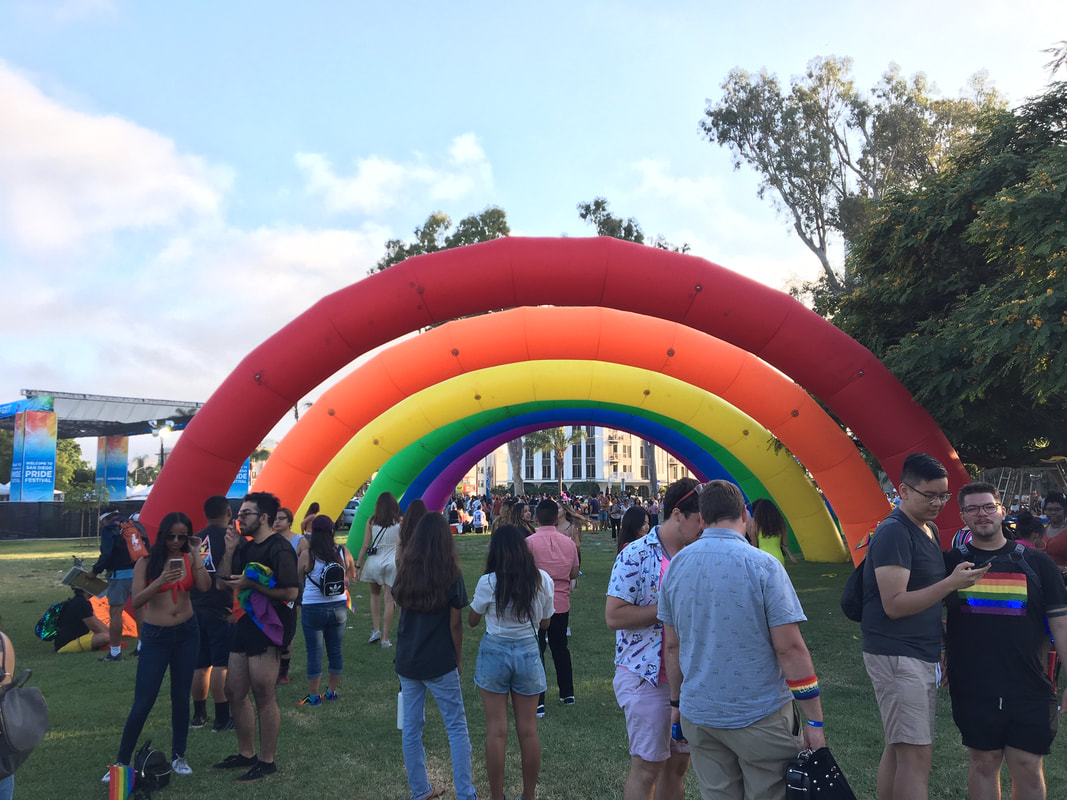
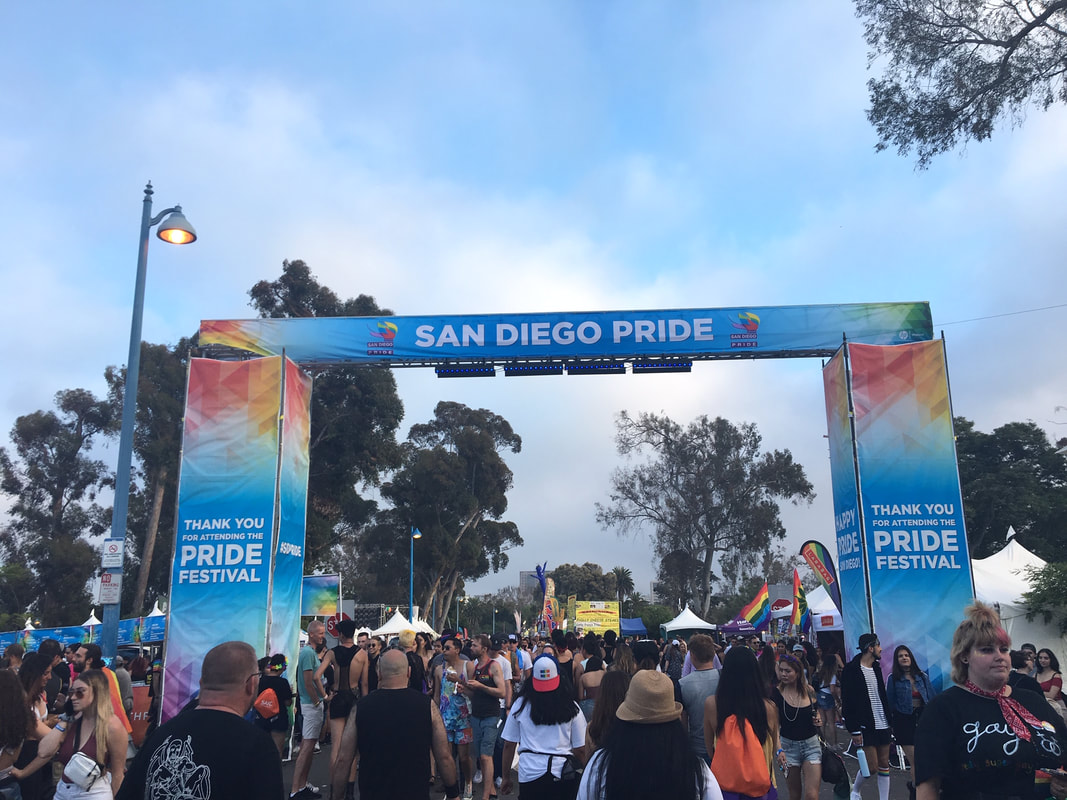
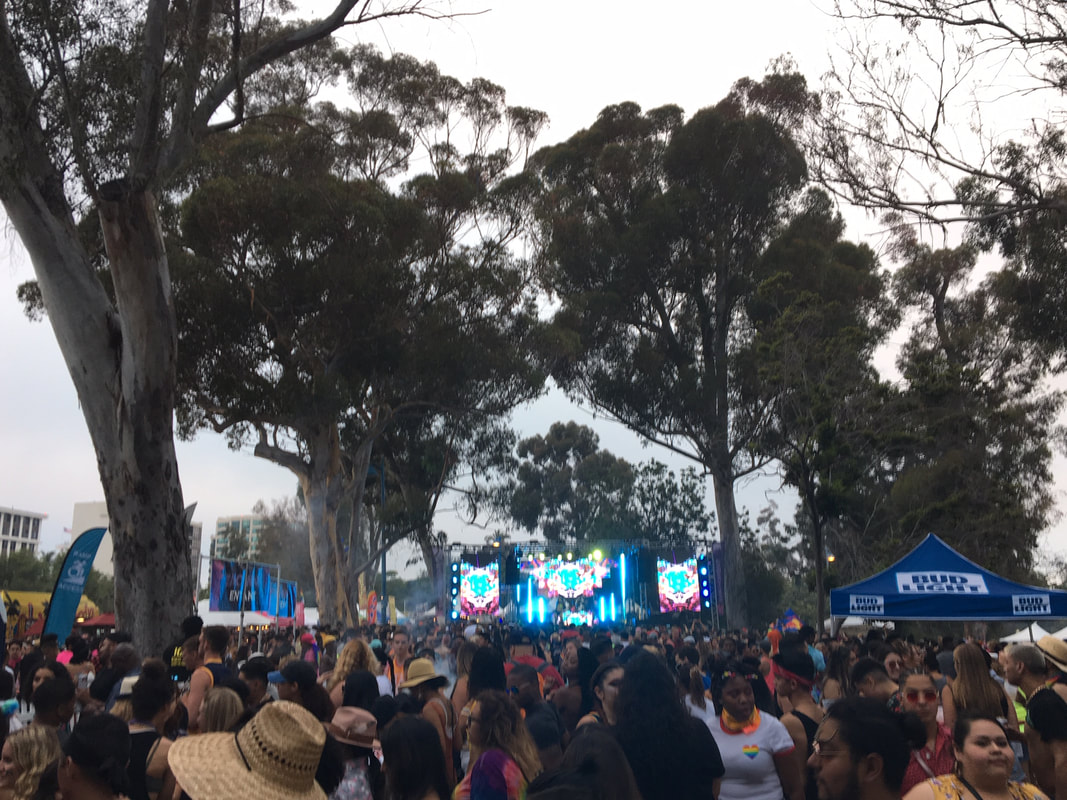
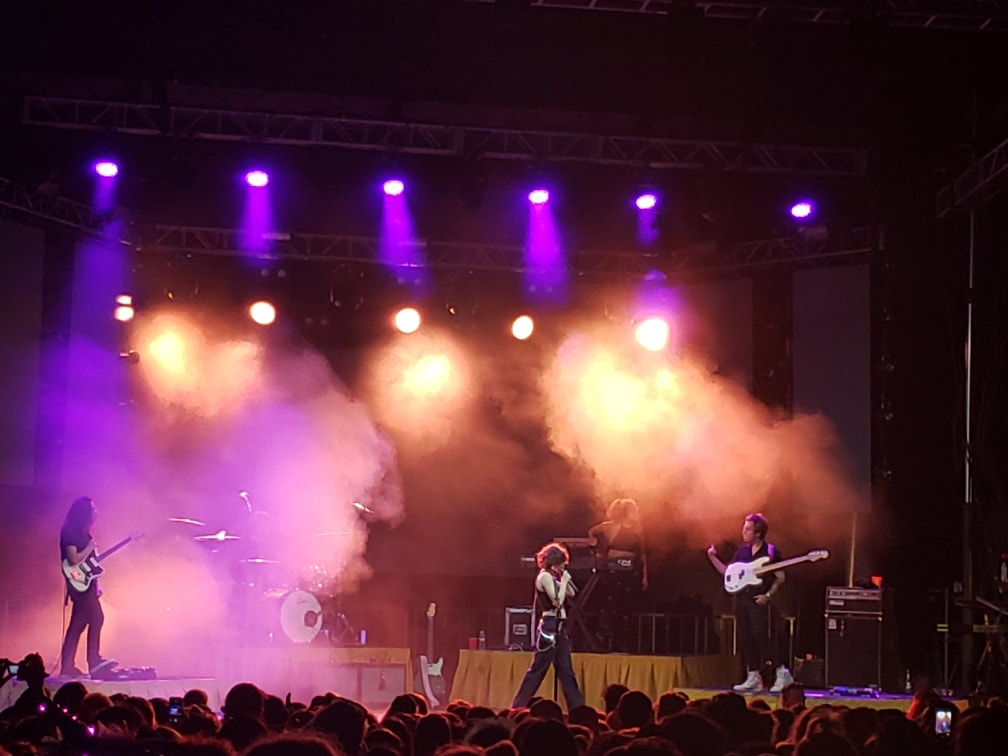
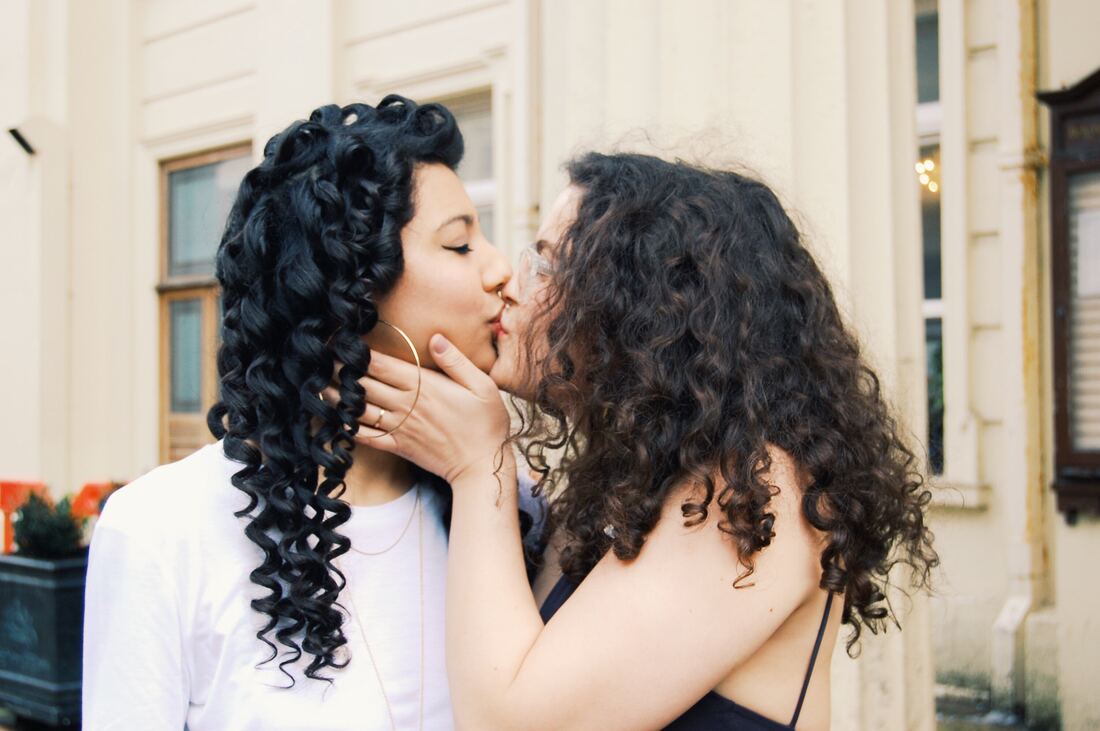
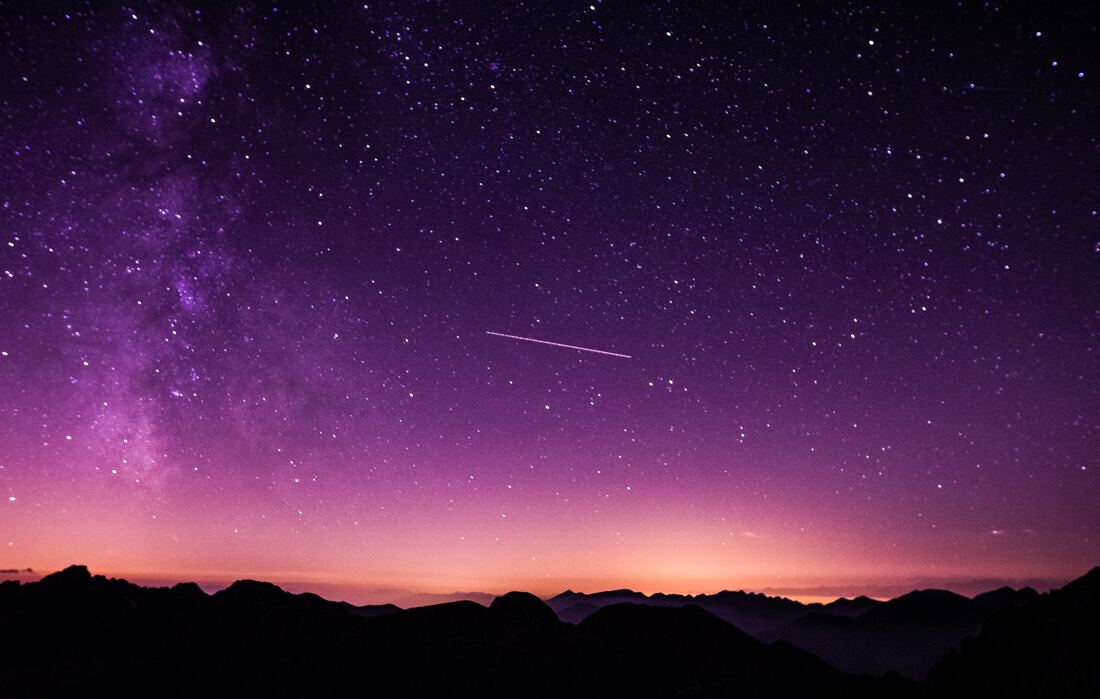

 RSS Feed
RSS Feed


